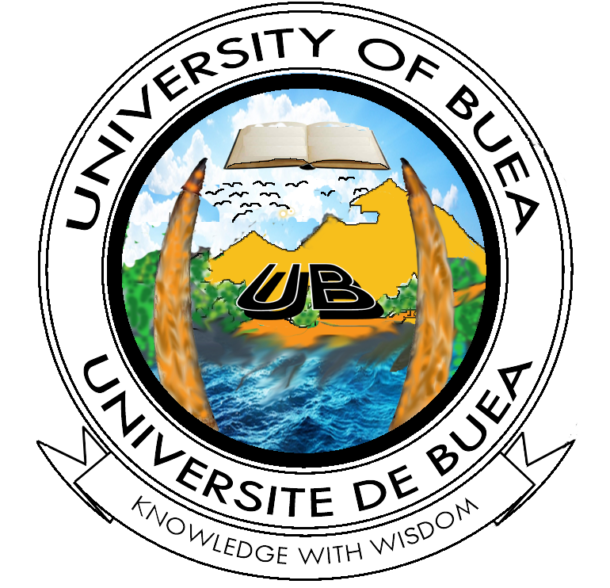| ENV312: Natural Harzards, Disasters and Climate Change | 6 credits (40-10-10) |
Objectives
The course is designed to provide students with adequate knowledge on the different types of natural hazards and disasters and their impacts on man, property, natural resources and the environment. It also provides knowledge on how different types of disasters are triggered, their global distribution, possible monitoring, prediction (forecasting) and prevention, and mitigation approaches and assessment of risks and strategies of early warning systems aimed at enhancing the resilience of people in disaster prone areas
Contents
Definitions; Natural and human induced (technological) hazards and disasters. Geological and meteorological hazards and disasters; Mass movements (landslides, mudslides, rock falls and avalanches); Some case studies of major landslide disasters on different geological terrains; Earthquakes, world distribution, types, mechanisms of generation, impacts, methods of measuring magnitudes and intensities, locating epicentres and hypocentres, periodicity and prediction; Case studies of major earthquake disasters and their impacts; Volcanic eruptions, world distribution, triggering mechanisms, types of eruptions, active and passive volcanoes, products of eruptions and features produced volcano explosivity index, magmatic eruptions, phreatic (steam-blast) eruptions, phreatomagmatic eruptions, submarine eruptions, sub glacial eruptions; Case studies of historic and recent eruptions and their consequences; Meteorological hazards and disasters; Climate variability and climate change; Causes of climate change, hazards and disasters associated with climate change, mitigation and adaptation strategies; Floods; the hydrological cycle, watersheds, rivers floods, coastal floods; Droughts, causes and impacts, areas prone to droughts and possible resilience strategies; Hurricanes and typhoons, causes, impacts and intensities (categories); Storms, cyclones and tornadoes, their causes and impacts; Case studies of major meteorological hazards and disasters in Cameroon and Africa and possible forecasting, prevention, and coping approaches.


